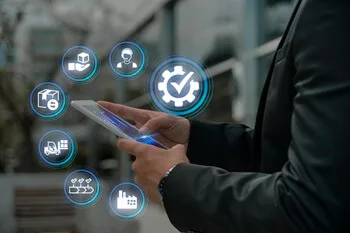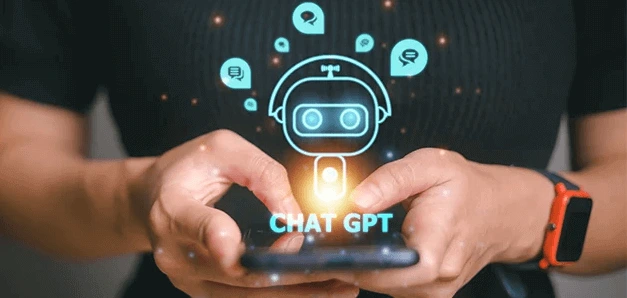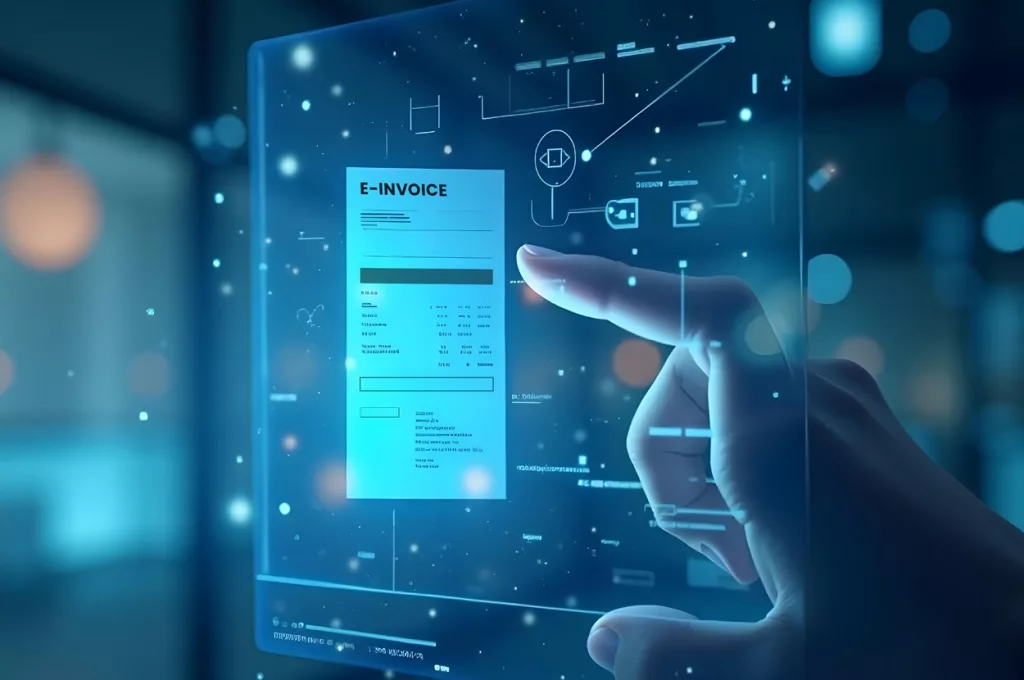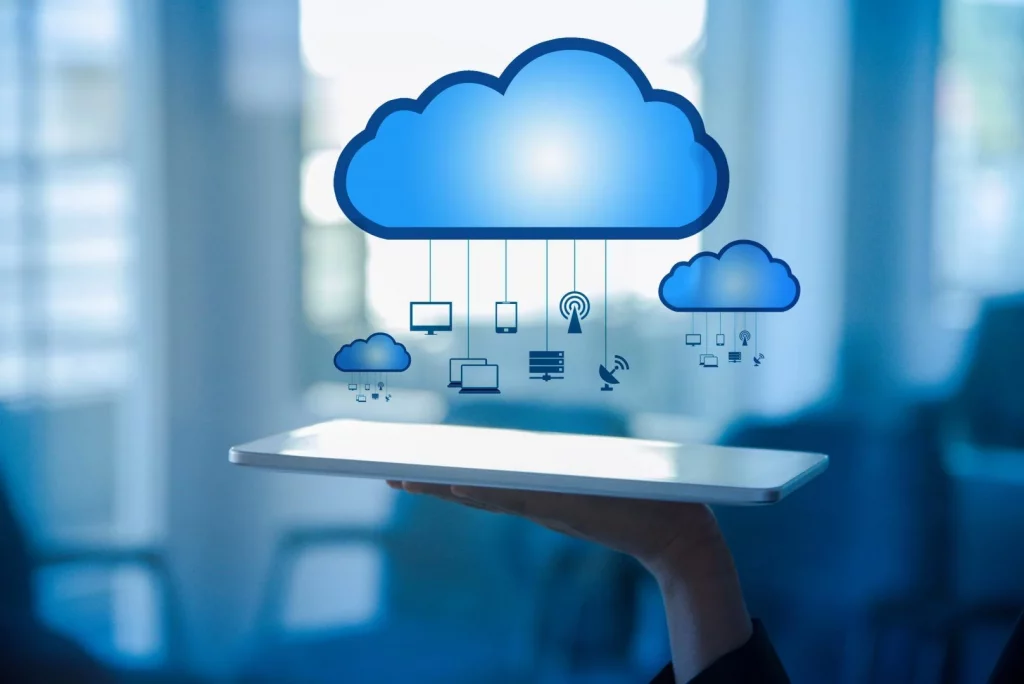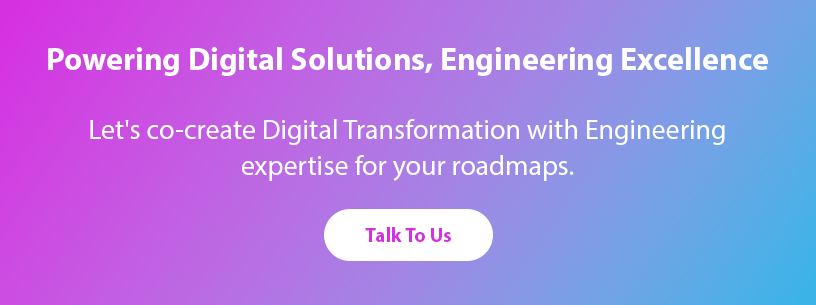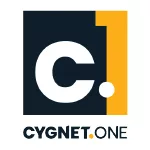Technology has been taking swift strides this decade, and digital transformation is imperative for every business. While shedding outdated processes and legacy technology, business leaders are ready to invest heavily in new technology and digitization to witness the astounding outcomes of this digital transformation. For enterprise transformation with the help of digital transformation, solution transformation, and data transformation, innovation is becoming a top priority for businesses. Every organization is predicted to be a software organization at some level.
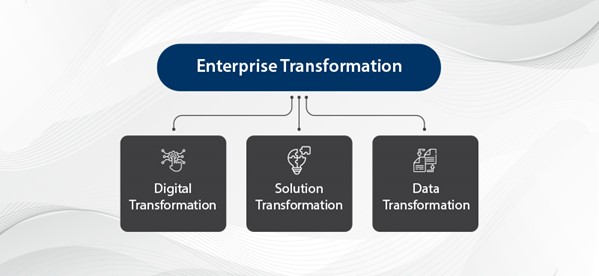
Most businesses have been sticking to traditional enterprise systems for a long time, hosted on-premise or migrated to the cloud with lift and shift.
Nowadays, businesses realize they can provide breakthrough digital customer experiences using cloud-first solutions and its services. Vendors of major enterprise systems – like Microsoft, SAP, and Oracle – have switched their attention to their cloud products, ceased supporting their existing systems and stimulated their clients to switch to the cloud first by providing attractive benefits like slashed prices, security enhancements, development and low maintainability with new features and services. Many businesses shifted to leverage their capabilities, while others forcefully made the shift during the pandemic.
Scaling the next level of digital transformation, businesses look forward to:
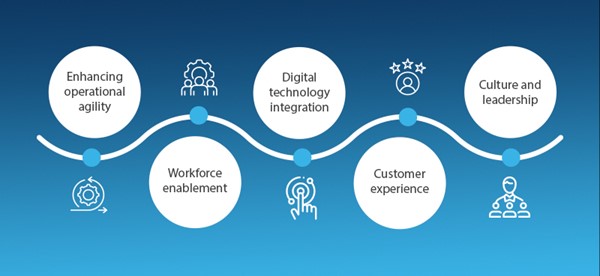
Businesses are switching to the more versatile microservices approach to build applications that meet business competition’s speed and agility requirements.
Following is the chart showing how technology and its uses have evolved and how businesses are using it to achieve their technological goals.
| Earlier (Upto 2010) | Now (2011-2023) | Imminent (Post 2023) | |
| Software model | Transaction-centric | As-a-service | Ecosystem-centric |
| Transaction type | 1:1 | 1: Many | Many: Many |
| Product | Monolithic, On-premises software | Multi-tenant, Cloud-based | Modular, Microservices-based |
| Architecture | Proprietary | Multi-tenant | Open |
| Personalization | Heavily customized | Configurable | Extensible & intelligent |
| Time to deliver | Years | Months to weeks | Days (or continuous) |
| Price | Perpetual licence-based | Subscription & consumption-based | Outcomes-based value |
| Place of sale | Direct & channel sales | Digital engagement | Platform-based marketplace |
| Scalability | Difficult-to-scale | Scalable | Interactive ecosystems |
| Innovation | Slow pace of innovation | Accelerated innovation | Network effects |
| Promotion | IT-centric, procurement-driven | Business-centric (IT & LoB), CFO driven – business case driven | C-suite driven customer journeys, Use case centric |
Monoliths are large code bases which contain all the logic needed to run an application anywhere. It is self-contained, employable and includes a lot of functionality. It is composed of many modules that represent different functionality in an application. Everything within the monolithic architecture is connected or can be connected to anything else. All the relevant code in this project is kept in a single repository.
Cloud-based enterprise systems enable businesses that regularly require large amounts of computing power to provide some digital product or digital experience. They add capabilities that include advances in data analytics technologies, quick adoption of agile product development approaches and automation.
In the microservice architecture, the code is broken into pieces and converted into services. Each microservice is designed and implemented to do a more specific task. Specific services are independently built, deployed, operated, and scaled. They can take requests and potentially call each other to fulfil these requests.
Advantages of monoliths
- No duplication: Consolidated code in monoliths leaves fewer chances for duplication.
- Beneficial for small teams: Monoliths are helpful when a business scales in terms of customers, not internal teams. Small teams benefit from the consolidated code in monoliths.
- No breaking changes: More clear communication happens in a monolith. For example, Module A to Module B needs a single function call: getProfile (int profileID). The parameters that pass into this function are explicit and clear. So, if this is a wrong function call, the compiler will not allow it and ask for the correct function call: getProfile (string profileID). On the other hand, in a microservice, if the ID was earlier ‘int’ and now it has run out of integers and made it a string, all the other services that connect to this service are going to use the profile with the ID as ‘int’ as they are not aware that the ID has turned into a string. This means that all communication to this service will break. This is called a breaking change – Earlier, there was something, and now there is something else which is not compatible. It is easier to have breaking changes in microservices, which is not good, so the libraries need to be updated continuously. In monoliths, as the code and expectations are in one place, it is much more challenging to have such problems.
- Contracts are in one place: Service contracts are placed within the consolidated code in monoliths. This is not the case with microservices, where individual contracts exist between different services.
Advantages of microservices over monoliths
When the internal team in a business scale and all want to move about individually, different product teams are working on different products, and the business demands smooth deployments, the business needs to move to a microservices architecture. A microservices architecture brings in the following benefits:
- Good separation of concerns: To make any feature change, you need to go to the relevant service and make the change—no need for a cumbersome dependency analysis for changing something in the code.
- Relatively easier engineering: Coding in microservices is sometimes easier because the coder needs to make changes only to the code pertinent to a particular service. This defines the expectations and responses very well, as the engineers in the rest of the services will respect the contracts made with other services. Also, the design and interaction of these services are much simpler and smoother.
- Easier deployments: When there is a change in a particular service, the engineer can deploy that service separately. This also removes any hassles associated with the non-functioning of non-critical services.
- Enhanced Security: The best part about microservices architecture is enhanced security. With this architecture/ecosystem, you may not need to worry about ransomware attacks and be rest assured about the safe and secure environment.
Strategies of microservice architecture
When you decide to migrate from the monolithic to the microservices architecture, you are not only changing the way you code but also the entire business model. So, you need to plan and prepare for the operations to continue smoothly during the transition. The following strategies are a reliable guide.
- Business logic: The services are designed based on the business blocks by defining services focussing on localizing a business process.
- Data strategy: The complexity of the data in today’s world is very high. With different data types and storage availability, a data strategy is key for any architecture for smooth running and future growth. As the services are designed, the data can be partitioned either based on each service or data relationships. Both these methods have their advantages as well as disadvantages. It is always better to define data architecture by isolating services or segregating data and accessing it based on demand.
- Checks and balances: Visibility is key for such distributed and decoupled architecture. The fine balance between dependency vs decoupling is maintained with the use of gateway and client/server-side discovery patterns.
- Bundling of common components: It is critical to handle cross-cutting concerns by building libraries and packages and maintaining them as a centralized component for all services and processes.
- Process-driven: Some business processes need critical attention; thus, opting for their independent architecture is also observed.
- FanOut: As all the services are independently managed but collaborate continuously, the key is to strategize the circuit breaker with the proper mechanism to reduce latency.
Migrating from monolith to microservices – application modernization
Step 1: Gain a comprehensive understanding of the existing monolithic application
- Establish a baseline of the present application architecture.
- Try to gain a good comprehension of the problem space prior to moving into the solution space by extracting the capability’s data, logic, and user-facing components. Also, assess the cost versus benefits. This involves both the technical and business teams.
- The existing monolith application is segmented into logical components (sets of the interlinking entity that performs one business function) as services.
- Identify the global or common components that need to be converted to libraries/packages for easy maintenance and scalability.
- Strategize a request router/ API gateway to manage the incoming HTTP requests and divert their route as if this is not planned correctly it can become a bottleneck in future.
- Keep adding the necessary functionality to monolithic applications for business growth and sustainability, keeping in mind the new architecture for easy adaptation.

Step 2: Use the domain-driven design to expand the identified services and fragment the frontend and backend
- Disentangle the dependencies within the existing monolith and decouple the services with a domain-driven design after assessing the size of the components identified for converting to future services and designing data models for remote UI with API access.
- Split the presentation layer between the business logic and data access layers.
- Define data architecture with service isolation or data segregation methodology.

Step 3: Build services and eliminate the monolithic architecture incrementally
- Adopt ETL tools, such as TestingWhiz Pro, or manual scripts for data migration from monolithic and microservice databases.
- Migrate incrementally to allow the monolith code to run alongside the new application that consists of microservices. Install proxies amongst API consumers and services. Prioritize the services for migration based on the type and scale of dependency and ensure that while migrating the services incrementally, communication between services and monolith is configured through well-defined API contracts.

Step 4: Evolution of your enterprise application with microservices
- Set up facades. Release new code over time and the functionality implemented by the monolithic application reduces. It either transforms into another microservice or disappears altogether.
- For architectural growth, any design pattern can be adopted for the new services.

Note: Services in a microservice architecture are planned around business concerns and not technical concerns. So, there may be a need to create larger services instead of smaller services and defining service boundaries may be an iterative process.
Let Cygnet Digital be your technology partner in growth and innovation. Reach out to us today!
